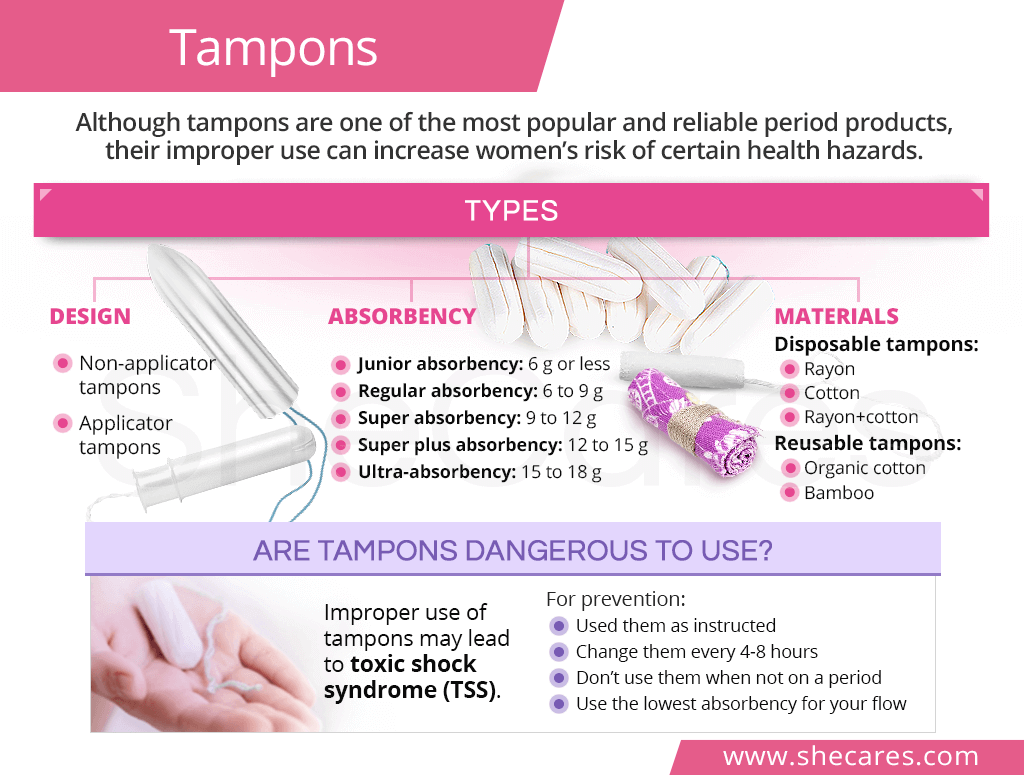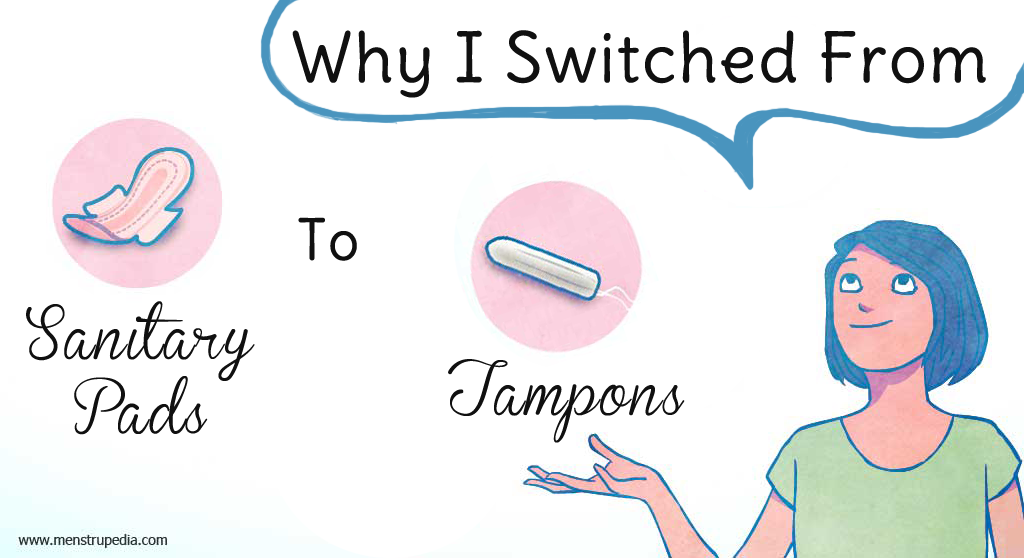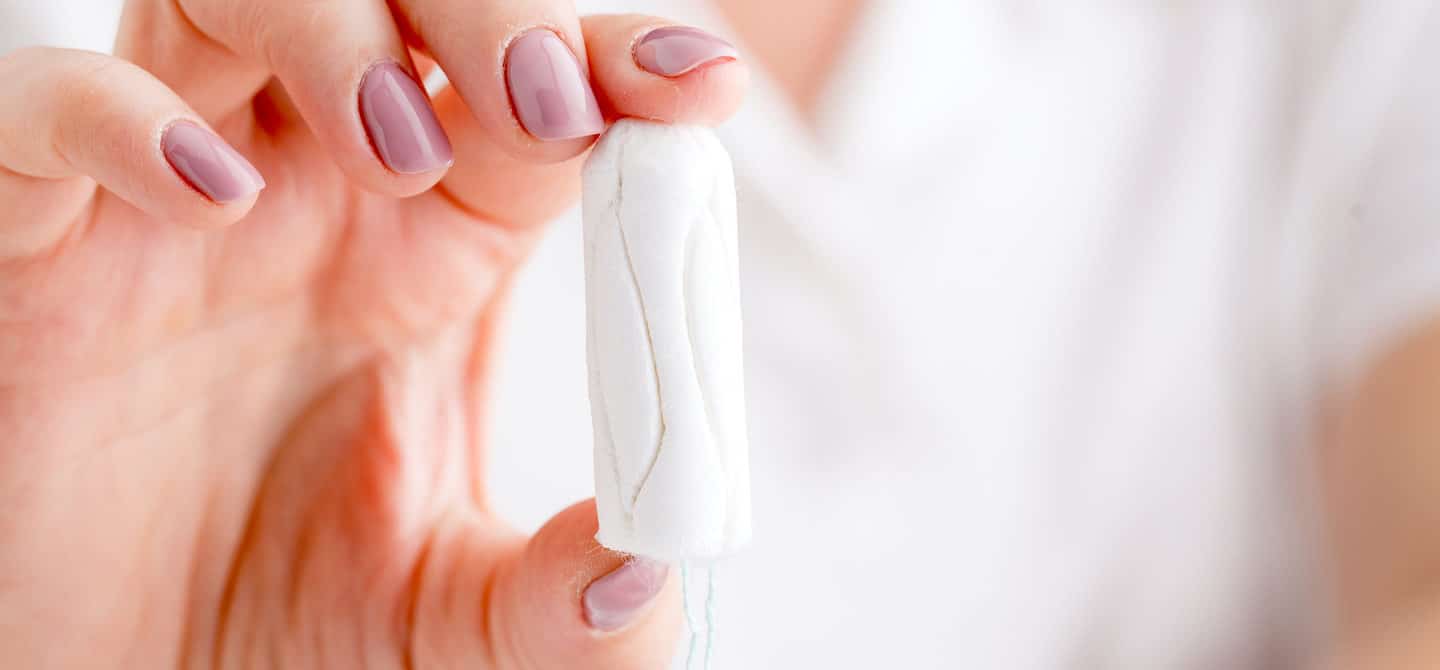Using tampons for the first time can feel intimidating, but mastering this essential skill can significantly enhance your menstrual experience. Many women and individuals with periods find tampons to be a convenient and comfortable option for managing their flow. This guide will provide you with all the information you need to confidently use tampons.
From understanding the basics of tampons to learning the correct technique, we will break down every step to make the process easier for you. Whether you're a beginner or simply looking to refine your technique, this article is here to help.
Remember, using tampons is a personal choice, and it's essential to find what works best for your body. By the end of this guide, you'll have the confidence and knowledge to use tampons effectively and comfortably.
Read also:Skysetx Com The Game Changer In Modern Technology
Table of Contents
- What Are Tampons?
- Benefits of Using Tampons
- Choosing the Right Tampon
- How to Insert a Tampon
- Removing a Tampon
- Common Concerns About Using Tampons
- Safety Tips for Tampon Use
- Tampons vs. Menstrual Cups
- Tips for Beginners
- Frequently Asked Questions
What Are Tampons?
Tampons are small, cylindrical devices designed to absorb menstrual flow internally. They are typically made from cotton or rayon and come in various sizes and absorbencies to suit different flow levels. A tampon is inserted into the vagina and expands as it absorbs menstrual blood, making it an effective alternative to pads.
Understanding tampon anatomy is crucial for proper usage. Most tampons come with an applicator, which makes insertion easier for beginners. The applicator is usually made of plastic or cardboard and helps guide the tampon into place. Some tampons are also available without an applicator for those who prefer a more eco-friendly option.
Knowing how to use tampons correctly is essential for both comfort and safety. Let's dive deeper into the specifics of tampon usage in the following sections.
Benefits of Using Tampons
Switching to tampons can offer numerous advantages compared to traditional pads. Here are some key benefits:
- Increased freedom of movement: Tampons allow you to engage in activities like swimming, running, or yoga without worrying about leaks.
- Discreet and invisible: Unlike pads, tampons are not visible under clothing, providing a more subtle solution for managing your period.
- Longer wear time: Depending on the absorbency level, tampons can be worn for up to 8 hours, offering extended protection.
- Reduced odor: Tampons absorb menstrual blood internally, which can help minimize odor compared to external pads.
While tampons offer many benefits, it's important to choose the right product and use them safely to avoid complications.
Choosing the Right Tampon
Factors to Consider When Selecting Tampons
Selecting the appropriate tampon for your needs is crucial for comfort and effectiveness. Consider the following factors:
Read also:The Longest Name In The World A Fascinating Journey Into Linguistics And Culture
- Absorbency level: Tampons come in different absorbencies, such as light, regular, super, and super plus. Choose based on the heaviness of your flow.
- Applicator preference: Decide whether you prefer a plastic or cardboard applicator, or if you'd like to try an applicator-free option.
- Material: Some tampons are made from organic cotton, which may be preferable for individuals with sensitive skin.
Experimenting with different brands and types can help you find the perfect match for your body. Always remember to read the packaging carefully and follow the manufacturer's guidelines.
How to Insert a Tampon
Step-by-Step Guide to Tampon Insertion
Inserting a tampon correctly is key to ensuring comfort and effectiveness. Follow these steps:
- Wash your hands: Start by thoroughly washing your hands to maintain hygiene.
- Get into a comfortable position: You can stand with one foot on the toilet or sit on the edge of the toilet to make insertion easier.
- Prepare the tampon: Unwrap the tampon and ensure the string is hanging down properly. If your tampon has an applicator, hold it firmly by the middle.
- Insert the tampon: Gently insert the tampon into your vagina, aiming it slightly toward your lower back. Push the applicator in until your fingers touch your body.
- Release the tampon: If your tampon has an applicator, hold the outer part steady while pushing the inner part to release the tampon. Then, carefully remove the applicator.
Once inserted correctly, you shouldn't feel the tampon at all. If you do, try adjusting its position slightly.
Removing a Tampon
How to Remove a Tampon Safely
Removing a tampon is just as important as inserting it. Follow these steps:
- Relax: Tensing up can make the process more difficult, so take a deep breath and relax your muscles.
- Grasp the string: Gently pull on the string attached to the tampon. The tampon should slide out easily.
- Dispose of the tampon: Wrap the used tampon in toilet paper or its wrapper and dispose of it in a trash can. Avoid flushing tampons down the toilet to prevent clogs.
Remember to change your tampon every 4-8 hours to avoid discomfort and reduce the risk of complications like toxic shock syndrome (TSS).
Common Concerns About Using Tampons
Addressing Common Questions and Myths
Many individuals have questions or misconceptions about tampon use. Here are some common concerns:
- Will tampons hurt? Inserting a tampon may feel strange at first, but it shouldn't hurt. If you experience pain, try adjusting the position or using a smaller size.
- Can tampons get lost inside me? No, tampons cannot get lost inside your body. Your vagina is a closed space, and the tampon will remain in place until you remove it.
- Can I use tampons if I'm a virgin? Yes, using tampons does not affect your virginity. They are safe and effective for individuals of all ages and backgrounds.
Understanding these concerns can help alleviate any fears or uncertainties about tampon use.
Safety Tips for Tampon Use
Best Practices for Safe Tampon Usage
Using tampons safely is essential to avoid complications. Here are some important safety tips:
- Change tampons regularly: Replace your tampon every 4-8 hours to prevent infections and reduce the risk of TSS.
- Use the lowest absorbency needed: Choosing a tampon that matches your flow level can help minimize the risk of TSS.
- Be aware of TSS symptoms: Toxic shock syndrome is rare but serious. Look out for symptoms like sudden high fever, vomiting, diarrhea, dizziness, or a rash resembling sunburn.
If you experience any unusual symptoms, consult a healthcare professional immediately.
Tampons vs. Menstrual Cups
Comparing Tampons to Menstrual Cups
Menstrual cups are another popular option for managing menstruation. Here's how they compare to tampons:
- Material: Menstrual cups are typically made from medical-grade silicone, while tampons are made from cotton or rayon.
- Wear time: Menstrual cups can be worn for up to 12 hours, whereas tampons should be changed every 4-8 hours.
- Environmental impact: Menstrual cups are reusable and more eco-friendly compared to disposable tampons.
Both options have their pros and cons, so it's up to you to decide which one suits your lifestyle best.
Tips for Beginners
Advice for First-Time Tampon Users
If you're new to tampons, here are some tips to make the transition smoother:
- Start with a smaller size: Begin with light or regular absorbency tampons to get used to the sensation.
- Practice insertion: Try inserting a tampon when you're not on your period to become more comfortable with the process.
- Stay relaxed: Tensing up can make insertion more challenging, so take deep breaths and relax your muscles.
With practice, using tampons will become second nature. Don't hesitate to seek guidance from trusted sources or healthcare professionals if needed.
Frequently Asked Questions
Answers to Common Questions About Tampons
Here are answers to some frequently asked questions about tampon use:
- Can I swim with a tampon? Yes, tampons are ideal for swimming as they absorb menstrual blood but not water.
- How do I know if a tampon is inserted correctly? If you can't feel the tampon, it's likely inserted correctly. If you feel discomfort, try adjusting its position.
- Can I sleep with a tampon? Yes, but only for up to 8 hours. Consider using a pad overnight if you prefer not to change tampons.
By addressing these common questions, we hope to provide clarity and confidence for tampon users.
Kesimpulan
In conclusion, learning how to use tampons can significantly enhance your menstrual experience. By understanding the basics, choosing the right tampon, and following proper insertion and removal techniques, you can enjoy the freedom and convenience tampons offer. Remember to prioritize safety and consult a healthcare professional if you have any concerns.
We encourage you to share your thoughts and experiences in the comments below. Additionally, feel free to explore other articles on our site for more information on menstrual health and wellness. Together, let's empower ourselves with knowledge and confidence!


